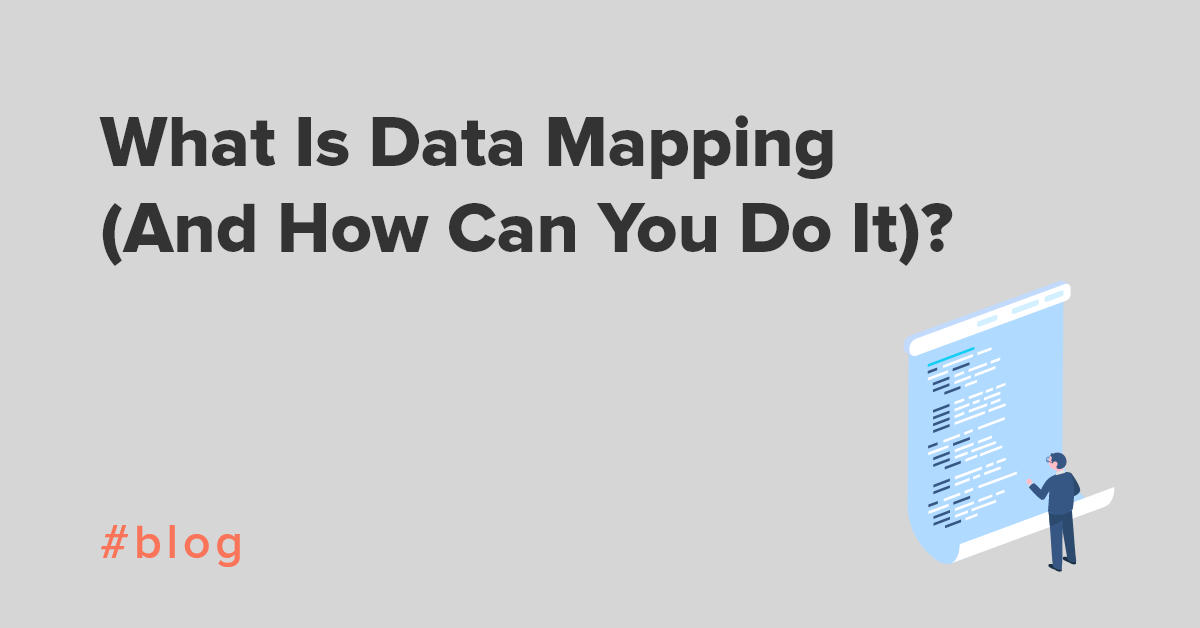Knowing where your data is and how it’s connected can be overwhelming.
Frankly, it leaves executives and IT teams feeling like they’re lost in a city without a map.
Fortunately, with properly captured and executed mapping between data, you can understand your data and establish how your databases are connected. It’s the street-by-street blueprint to the city that makes everything possible. That’s because once you’ve mapped your data, the possibilities open up; now, you can do transformations, integrations, migrations, and more.
So, let’s dig into data mapping a little more closely and uncover exactly what it is, why it’s useful and how your business can do it too.
What is data mapping?
Here’s a definition of data mapping:
Why is data mapping important?
Once you’ve mapped your data and established connections between your assets, you can unlock more value by working with your data in a different way. Data migration, data integration, data warehousing, data transformations – these all require data mapping first to ensure the data fits its purpose and the process is well documented and transparent.
How do you execute data mapping?
There are a few different ways to do data mapping.
At a smaller scale, the following data mapping processes are effective:
- Manual data mapping requires your IT team to hand code connections from the source field to the target field. It's time consuming. But if it’s a small amount of data, this works fine.
- Schema mapping does the same thing but in a semi-automated manner. Software maps similar schemas together, which a developer then makes adjustments to and ‘tidies up’.
However, if you’re working with data at scale, you’ll need something more modern. This might look like using software to create a data model bridge that helps you take control of your data through modelling.
Ultimately, it’s about using automation to accelerate the process so you can perform data mapping no matter the scale of the data you’re working with.
Data mapping at scale
Data mapping is essential for increasing the value of your data.
Small volumes of data can be mapped manually, and schema mapping can help take the load off.
However, for the modern business with large scale, complex data, there’s no getting away from the fact that you’ll need to use automation. After all, the error-prone monotony of manual data mapping doesn’t help your data projects. And why include your IT team in something they don’t need to be involved with?
Tools like CloverDX can map data at scale whilst giving time back to your IT teams. In turn, helping them prioritize on bigger and better challenges.
If you’re curious to learn more about how CloverDX can help, reach out to our team today, or download a free 45-day trial









